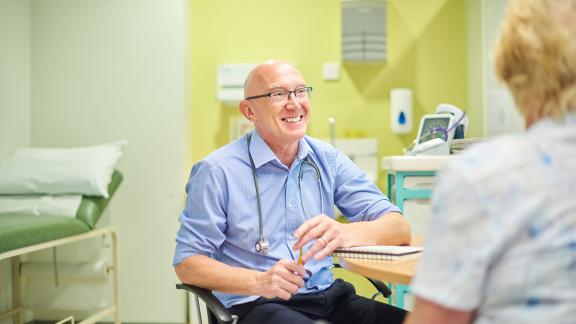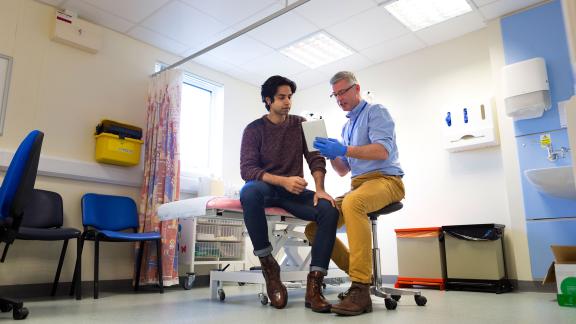Addressing the planned care backlog

The NHS continues to experience the most challenging period in its history. The pandemic severely reduced the service's productivity and it is still hindering its ability to recover at a time when the backlog for physical and mental health services grows. These significant waits for planned care are having a damaging effect on patient's lives, however NHS leaders and staff are working tirelessly to work through the backlog.
During the pandemic, NHS organisations demonstrated that they could innovate at pace, with the same creative thinking now being applied to waiting lists. It is the aim of this briefing to highlight some of the current innovations within the system that are supporting efforts to address the backlog and support patients.
NHS organisations are taking direct action to address waiting times, such as Swansea Bay University Health Board's expansion of postoperative facilities to ease pressure on critical care. Cardiff and Vale University Health Board are also working in partnership with Cardiff University to ease waiting times and improve outcomes for patients with urgent eye conditions through the NHS Wales University Eye Care Centre.
There is also recognition of the importance of ‘waiting well’, with Cwm Taf Morgannwg University Health Board launching the Wellness Improvement Service, which provides non-medical intervention to improve people’s health and wellbeing.
Workforce is the number one limiting factor for NHS capacity and its ability to deal with the increasing backlog, with organisations taking action to ensure a ‘grow our own’ approach to recruitment, such as the Health & Care Academy in Powys Teaching Health Board.
As throughout the pandemic, the NHS will always strive to improve and transform services to best suit patients' needs and meet public expectations.



